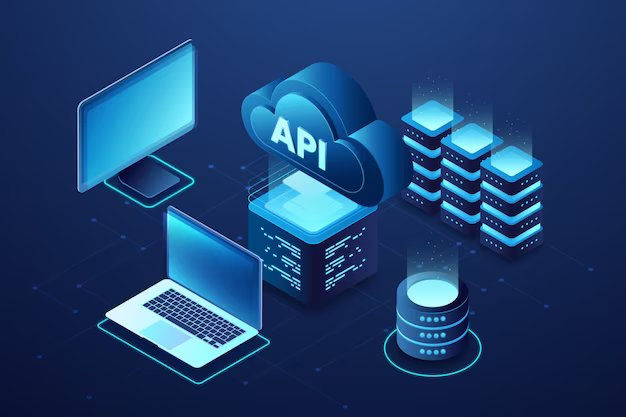Demystifying Microservices and APIs: Unraveling the Advantages
- helen029
- Oct 18, 2023
- 2 min read
Two terms have risen to prominence in the field of contemporary software development: microservices and APIs. In order to design scalable, adaptable, and effective software architectures, it is essential to comprehend the subtle differences between these ideas. In this blog post, we'll delve into the advantages of microservices, the benefits of adopting a microservices architecture, and the key difference between microservices and APIs.

Microservices vs. API: Unraveling the Dichotomy
Before we dive into the advantages, let's elucidate the fundamental disparities between microservices and APIs.
Microservices refer to an architectural style where an application is structured as a collection of loosely coupled, independently deployable services. These services are organized around specific business capabilities and communicate with one another via lightweight protocols.
APIs (Application Programming Interfaces), on the other hand, act as intermediaries, enabling different software applications to communicate with each other.
While APIs are the means through which different software components communicate, microservices are a way of structuring an application into smaller, manageable services.
Advantages of Microservices
Scalability and Agility
Microservices empower organizations to scale and evolve specific components of an application independently. This granularity allows for agility in development, enabling teams to iterate and deploy services without impacting the entire system.
Fault Isolation and Resilience
In a microservices architecture, a failure in one service does not necessarily bring down the entire application. Isolating services minimizes the blast radius of a potential failure, enhancing the system's overall resilience.
Technology Diversity
Each microservice can be developed using different technologies, allowing teams to choose the best tools for specific tasks. This fosters innovation and facilitates the adoption of cutting-edge technologies.
Continuous Deployment and DevOps
Teams can independently deploy services, facilitating continuous integration and continuous delivery (CI/CD) pipelines.
Improved Fault Isolation and Debugging
With smaller, focused services, identifying and resolving issues becomes more straightforward. Debugging and troubleshooting are streamlined, as the scope of investigation is limited to a specific service.
Benefits of Microservices Architecture
Modularity and Maintainability
Microservices promote modularity, making it easier to understand, develop, and maintain individual services. This allows for rapid development and updates without disrupting the entire application.
Enhanced Scalability
The ability to scale individual services means resources can be allocated efficiently based on demand. This prevents over-provisioning and optimizes resource utilization.
Team Autonomy
Development teams can take ownership of specific services, fostering a sense of ownership and accountability. This autonomy encourages innovation and accelerates development cycles.
Easier Adoption of New Technologies
Since services are independent, adopting new technologies or languages in one service does not require a system-wide overhaul. This facilitates experimentation and innovation.
Differentiating Microservices from APIs
In Microservices vs APIs, microservices and APIs are interdependent components of modern software development, but they serve distinct purposes:
Microservices focus on architectural design, emphasizing the decomposition of an application into independently deployable services.
APIs facilitate communication between different software components, enabling them to request and exchange data or functionality.
In essence, APIs are the conduits through which microservices interact with one another.
In conclusion, grasping the benefits of microservices and how they synergize with APIs is pivotal to architecting robust and scalable applications. Leveraging microservices enables organizations to achieve unprecedented levels of flexibility, scalability, and maintainability in their software systems. By embracing this architectural paradigm, businesses can embark on a journey toward more agile and resilient software development practices.




Comments